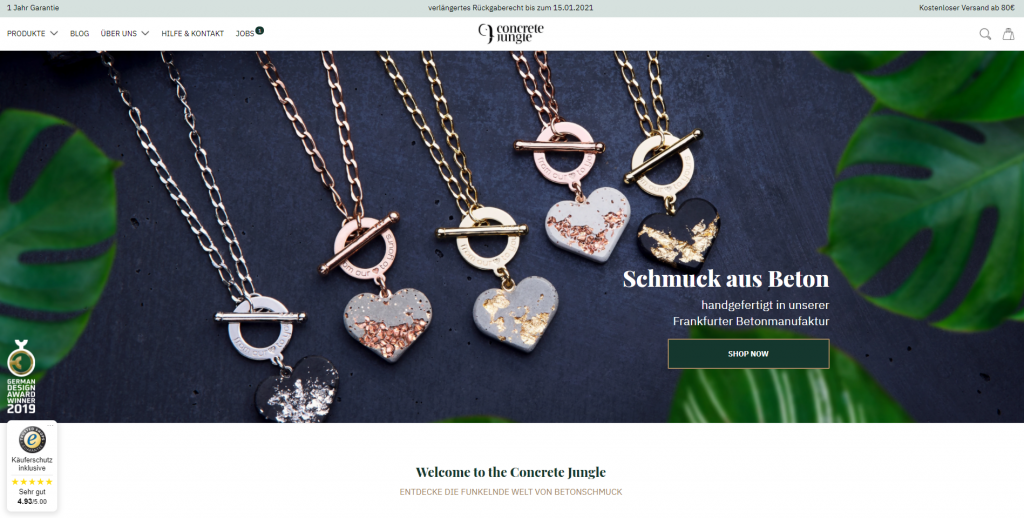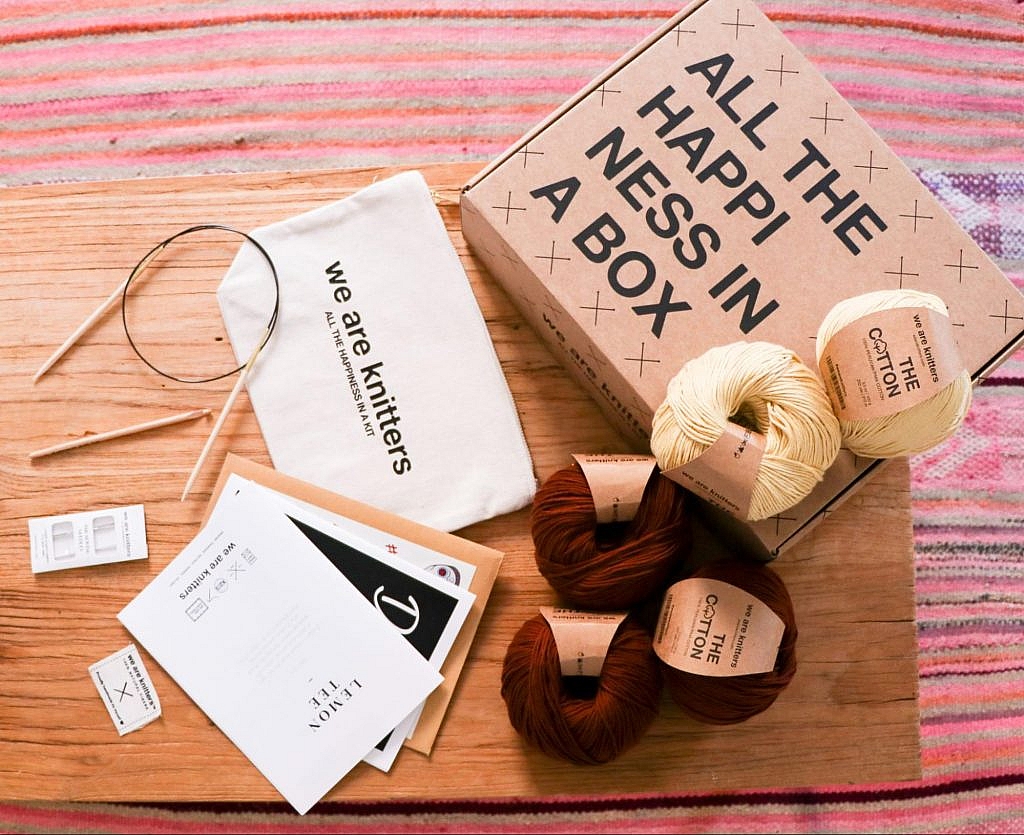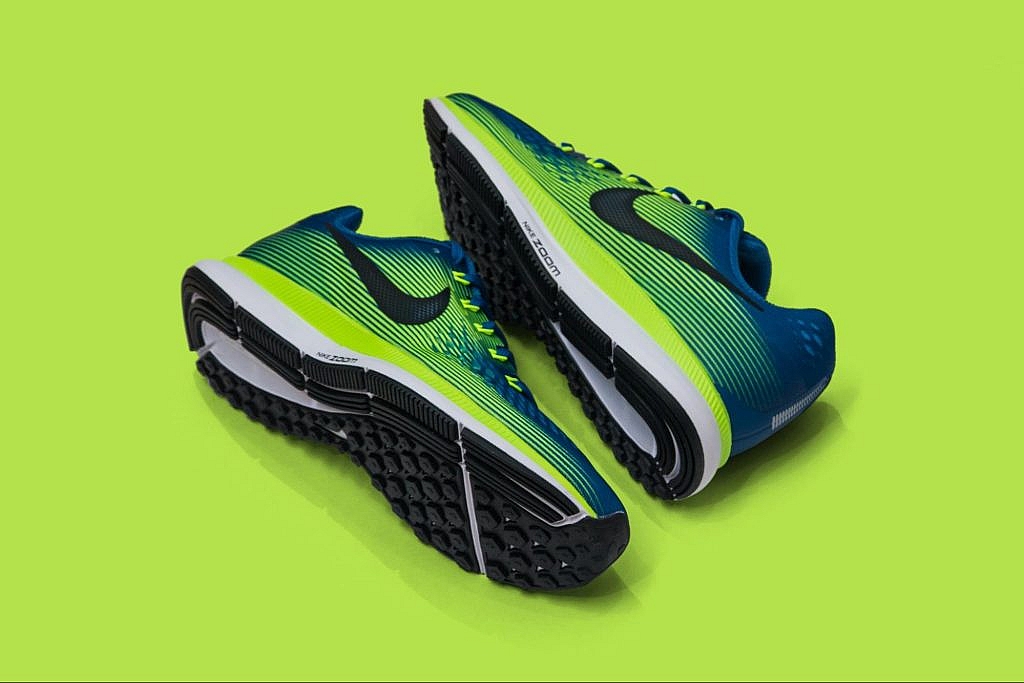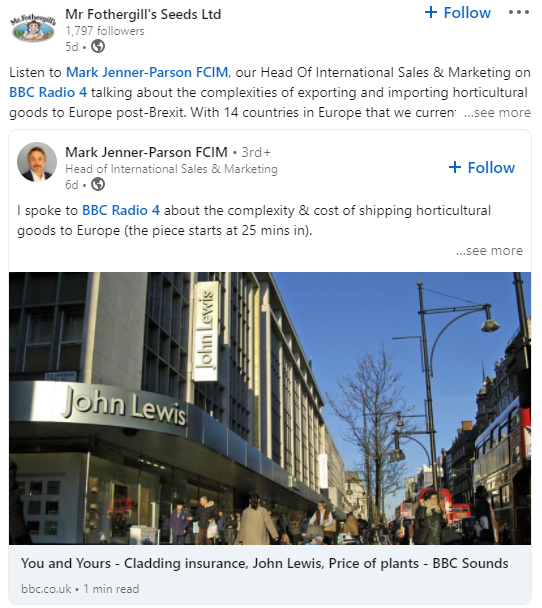By
While discounts and promotions can provide a temporary boost in sales, their long-term sustainability is questionable. Not only do they decrease revenue, but they also don’t necessarily foster genuine brand loyalty.
As a seasoned professional in the digital marketing industry, I’ve had the opportunity to collaborate with a variety of clients, helping them to strengthen their brand loyalty initiatives. In this article, I aim to offer valuable insights and strategies on how to nurture authentic brand loyalty in the highly competitive modern marketplace. After a decade of experience in my agency, I’ve learned the importance of marketing not only for the first sale but also the second, third, fourth and beyond.
Understanding Brand Loyalty
Brand loyalty is more than repeat purchases; it signifies a deep-rooted emotional connection between a customer and brand. This bond goes beyond transactional behaviours, reflecting a genuine preference for a brand over its competitors, often driving consumers to advocate passionately for it.
Research has shown that an increase in customer loyalty by just 7% can increase customer lifetime value by more than 85%. Again, the core of this loyalty is emotional connection. Consumers today align with brands mirroring their values, whether environmental, social or ethical, making values-based loyalty essential for meaningful connections.
Why Discounts Aren’t Enough
Discounts can grab immediate attention in a crowded marketplace, but they come with inherent limitations. First, they tend to attract price-sensitive shoppers, who may not return once standard pricing resumes. Additionally, frequent discounts can diminish the perceived value of a brand, causing consumers to question its quality. Discounts not only risk eroding profit margins but can also set an expectation of continual price reductions, leading to unpredictable sales and revenue.
Ingredients For Lasting Brand Loyalty
Exceptional Customer Experience
By providing top-notch customer service, brands can differentiate themselves in a saturated market. Every interaction, whether online or offline, should leave a lasting positive impression. An exceptional customer experience means meeting customers’ needs even before they realize they have them. It’s about making every touchpoint seamless and memorable. Take Amazon, for example. Its easy-breezy return policy is like a breath of fresh air for customer satisfaction.
A smooth, engaging customer experience is not just about meeting expectations; it’s blowing them out of the water. That’s the secret sauce to turning customers into raving fans and brand advocates. Keep it informative and real, and always back it up with the facts.
Personalization and Customization
Personalization and customization are at the forefront of modern consumer expectations. A prime example is Spotify’s “Wrapped” feature, which delivers annual personalized music summaries to users based on their individual listening habits.
This approach from a generic, one-size-fits-all strategy to one that adapts to and reflects the unique preferences and behaviours of each user creates a deeper, more intimate connection with users. Such personalized experiences not only resonate more strongly but also foster greater brand loyalty as consumers feel seen and understood by the brand.
By leveraging the power of personalization and customization, brands like Spotify are able to meet their audience’s specific needs more effectively, thereby enhancing the overall user experience.
Storytelling and Brand Identity
A compelling brand story can humanize a business and create an emotional bond with its audience. By sharing the journey, values and mission of your brand, you’re inviting consumers to be part of a larger narrative. This goes beyond mere purchasing and moves into the realm of authentic engagement and genuine connection.
Community Engagement
Community engagement is about more than social media interactions. Building a brand community where customers can interact, share experiences, and even voice concerns is invaluable.
Engaged communities foster trust and provide brands with honest feedback, ultimately driving brand development and innovation. Furthermore, a tight-knit community can lead to increased brand advocacy and organic growth.
Transparency and Authenticity
Consumers are more informed than ever, and they appreciate transparency and authenticity from brands. Whether it’s being open about sourcing practices, admitting to mistakes, or sharing company values, honesty resonates. Authentic brands build trust through transparency, and trust is foundational for lasting loyalty.
The Key To Long-Term Success
Loyalty can be divided into two primary types: transactional and emotional. Transactional loyalty comes from routine, habit or incentives like discounts. While this type of loyalty can drive repeat purchases, it’s often conditional and can easily shift when a better offer comes along.
Emotional loyalty is deeply rooted in feelings and sentiments. It’s the difference between buying a product because it’s on sale and buying it because you truly believe in its quality, the brand’s mission, or the values it represents. This kind of loyalty is enduring and far less susceptible to external market fluctuations.
While transactional loyalty might deliver quick wins, emotional loyalty promises sustained success. When customers feel emotionally connected to a brand, they not only purchase more but also advocate for the brand, leading to organic growth via word-of-mouth recommendations—the best kind of advertising a business can have.
These groups of customers are also more forgiving of mistakes, provided the brand remains authentic in its response. Essentially, emotionally loyal customers are the backbone of a brand’s stability in the ever-evolving market landscape.
Maintaining Loyalty In Changing Times
The market is ever-changing, driven by evolving consumer preferences, technological advancements and socio-cultural shifts. To maintain and grow brand loyalty, businesses must:
• Adapt to evolving consumer needs. Regularly gather feedback and use it to inform product or service improvements. This iterative process ensures the brand remains relevant to its core audience.
• Innovate. Brands that stagnate can quickly become irrelevant. By continually innovating, you can stay at the forefront of your industry and keep your audience engaged.
• Stay true to core values. While tactics might need to adapt, the brand’s core values should remain constant as consistency in values offers a rock of stability that loyal customers will cling to.
Conclusion
Building brand loyalty in today’s competitive market requires more than just enticing price tags. By focusing on cultivating emotional loyalty, brands can forge deep, meaningful connections with their audience. This not only drives repeat purchases but fosters a community of advocates. By understanding the distinction between transactional and emotional loyalty, brands can tailor their strategies to achieve lasting success.
Feature Image Credit: getty
By
Alex Quin is CMO of award-winning Digital Marketing firm UADV. He is a full-stack marketing expert, global keynote speaker & podcast host. Read Alex Quin’s full executive profile here.
Follow me on Twitter or LinkedIn. Check out my website.
















